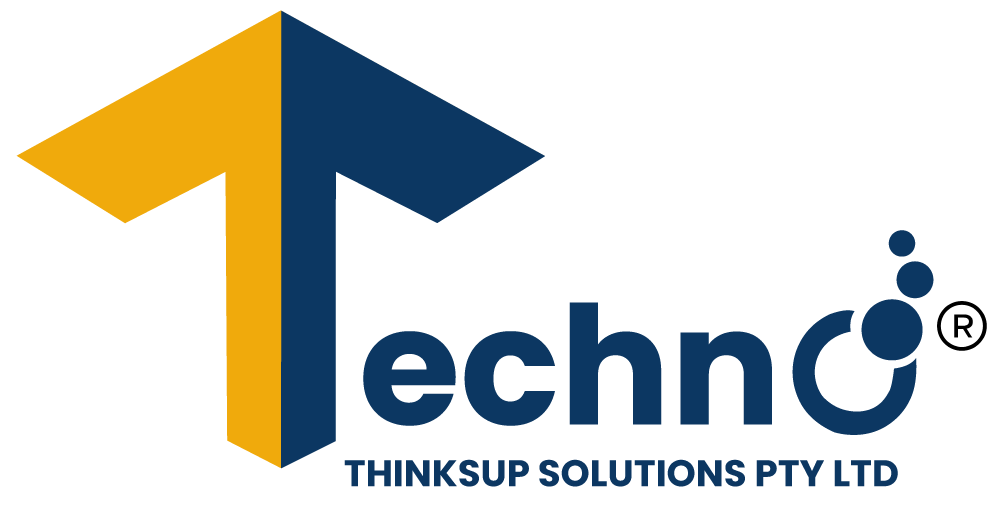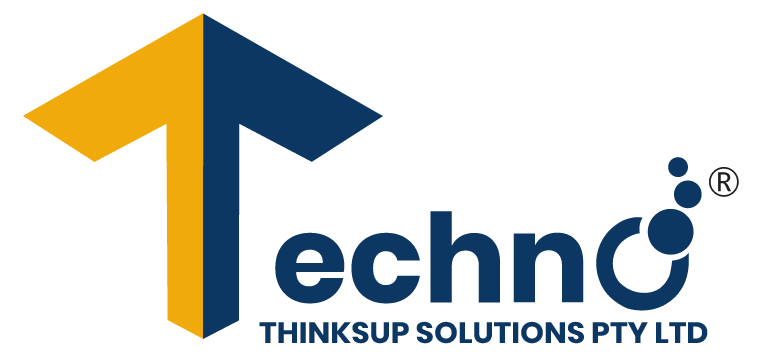Development Method (DSDM)

Streamline Projects with DSDM
Dynamic Systems Development Method (DSDM) is a robust agile framework designed to ensure successful project delivery on time and within budget. Emphasizing user involvement and iterative development, DSDM focuses on frequent delivery of functional products. It balances flexibility and control through well-defined phases, promoting collaboration and transparency among stakeholders. Ideal for complex and mission-critical projects, DSDM minimizes risks and maximizes business value. Adopt DSDM to streamline your development process and achieve reliable, high-quality outcomes. With its emphasis on continuous communication and stakeholder engagement, DSDM facilitates alignment between project goals and user needs, fostering a shared understanding of project objectives. Additionally, its iterative approach allows for early validation of requirements and rapid adaptation to changing business needs, ensuring that the delivered solution remains aligned with organizational objectives throughout the development lifecycle.

The Process
This iterative approach promotes flexibility and adaptability, allowing for rapid response to changing requirements and business needs.
In this initial stage, the project team assesses the feasibility of the project, identifying key requirements, risks, and constraints. Stakeholder buy-in and resource availability are also evaluated to determine project viability.
This stage focuses on understanding the business needs and defining the scope of the project in detail. Key stakeholders collaborate to prioritize requirements and establish clear objectives for the development process.
Iterative development begins with the creation of a functional model based on prioritized requirements. Incremental prototypes are developed and refined through feedback from users and stakeholders to ensure alignment with business objectives.
Building upon the functional model, the design and development of the solution take place in iterative cycles. The focus is on delivering working increments of the product, with continuous testing and refinement to address evolving requirements and user feedback.
In this stage, the solution is implemented and integrated into the existing infrastructure. Quality assurance processes are conducted to ensure that the product meets the defined standards and requirements.
After the solution is deployed, post-project activities such as user training, documentation, and ongoing support are carried out. Feedback from users and stakeholders is gathered to inform future enhancements and iterations, ensuring continuous improvement and alignment with business goals.
Best Practices We Implement

Stakeholder Collaboration
We prioritize active involvement and collaboration with stakeholders throughout the project lifecycle. This ensures that their needs and expectations are understood and addressed effectively, leading to a solution that truly meets business requirements.

Iterative Development Approach
By embracing iterative development cycles, we continuously deliver working increments of the product. This allows for early feedback from users and stakeholders, enabling us to adapt and refine the solution based on evolving requirements and insights.

Clear Definition of Objectives
We conduct thorough business studies to define clear and achievable project objectives. This helps in establishing a shared understanding of project goals among team members and stakeholders, guiding decision-making and prioritization throughout the development process.

Adaptive Planning and Flexibility
We prioritize adaptability and flexibility in our planning approach, recognizing that requirements and priorities may evolve over time. This allows us to respond effectively to changing business needs and market conditions, ensuring that the project remains on track to deliver value.

Continuous Testing and Quality Assurance
Quality assurance is integrated throughout the development process, with continuous testing of increments to ensure that the solution meets defined standards and requirements. This proactive approach helps in identifying and addressing issues early, minimizing risks and ensuring a high-quality end product.

Post-Project Review and Improvement
After project completion, we conduct comprehensive post-project activities, including user training, documentation, and support. Feedback gathered during this phase informs future enhancements and iterations, enabling us to continuously improve our processes and deliver even greater value in subsequent projects.




 Web Development
Web Development
 App Development
App Development
 IT Consulation
IT Consulation
 UI/UX Design
UI/UX Design
 Ecommerce
Ecommerce
 Content Marketing
Content Marketing
 DevOps Services
DevOps Services
 Software Development
Software Development
 Digital Marketing
Digital Marketing
 Social Media Marketing
Social Media Marketing
 Search Engine Optimization
Search Engine Optimization
 AWS Managed Services
AWS Managed Services
 QA And Software Testing
QA And Software Testing
 Local Search Optimization
Local Search Optimization
 Technology Outsourcing
Technology Outsourcing
 Metaverse Development
Metaverse Development
 Web 3 Consulting
Web 3 Consulting
 IoT App Development
IoT App Development
 VR App Development
VR App Development
 IT Staff Augmentation
IT Staff Augmentation
 Startup App Development
Startup App Development
 Saas App Development
Saas App Development
 Low Code Development
Low Code Development
 Product Engineering
Services
Product Engineering
Services
 Custom CRM Development
Custom CRM Development
 Offshore Development
Center (ODC)
Offshore Development
Center (ODC)
 Machine Learning
Development
Machine Learning
Development
 Blockchain App Development
Blockchain App Development
 Blockchain In Identity Management
Blockchain In Identity Management
 Artificial Intelligence
Development
Artificial Intelligence
Development
 Dedicated Development Team
Dedicated Development Team
 Strategic Mobile
Consulting
Strategic Mobile
Consulting
 Scrum
Scrum
 DevOps
DevOps
 Lean
Lean
 Kanban
Kanban
 V-Model
V-Model
 Waterfall Model
Waterfall Model
 Design Thinking
Design Thinking
 Agile Development
Agile Development
 Prototype Methodology
Prototype Methodology
 Rapid Application Development (RAD)
Rapid Application Development (RAD)
 Feature-Driven
Development (FDD)
Feature-Driven
Development (FDD)
 Dynamic Systems
Development Method (DSDM)
Dynamic Systems
Development Method (DSDM)





